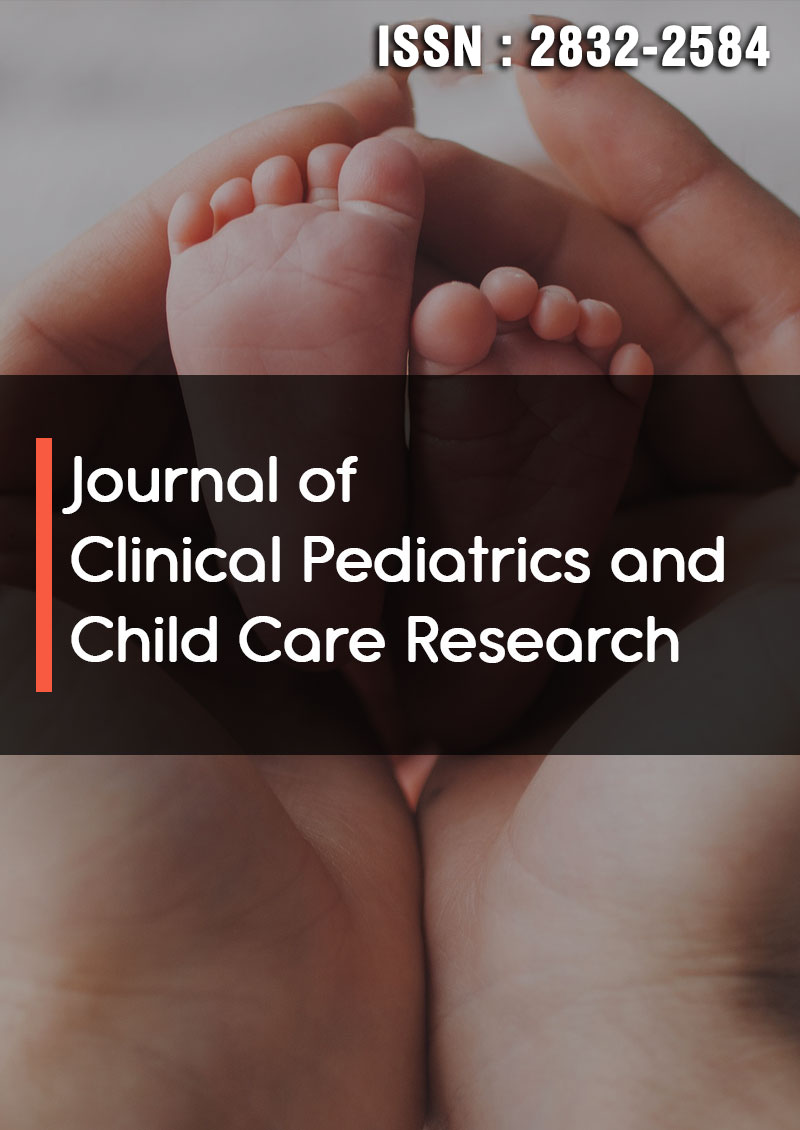Mortality in the Pediatric Emergency Department of the Mother and Child Academic Hospital in N'djamena
Abstract
Youssouf Djidita Hagre, Josephine Toralta, Douna Granga Daouya, Acherif H Zagalo, Ousmane K Ildjima, Ahmed Moussa Tidjani and Georges Moyen
Background: Child mortality is a significant concern for healthcare systems in developing countries.
Objective: To contribute to reducing mortality in the Paediatric Emergency Department of the Mother and Child Academic Hospital in N’Djamena.
Methods: A cross-sectional analytical study was conducted between June 2019 and May 2020. Children aged one month to fifteen years hospitalised were the study population. Those who died were included. The variables studied were age, sex, and parents’ socio-economic and educational level, time to consultation and access to care, length of hospitalisation, symptoms on admission, history, diagnosis, treatment and outcome. The statistical test used was the KHI2
Results: Of 13972 hospitalised children aged between 1 month and 15 years, 362 (3.44%) died. The children were 56.4% boys (n=204) and 43.6% girls (n=158), with a sex ratio 1.29 and an average age of 24 months. Five-year-olds accounted for 71% (n=257). They were from urban areas, 83.7% (n=303) and of low socio-economic status 57.6% (n=171). Deaths occurred during on-call hours (night shift) 63.8% (n= 231) and within 24 hours 66.5% (n= 241). Malaria 37.1% (n= 43), acute respiratory infections 25% (n= 29) and severe acute malnutrition 12.9% (n= 15) were the causes of death. Impaired general condition, respiratory distress, grade II coma, severe anaemia and lack of blood transfusion were associated with death.
Conclusion: Mortality is still high, often due to preventable diseases, and we need to step up communication to change behaviour. Primary prevention involves improving people's living conditions.




